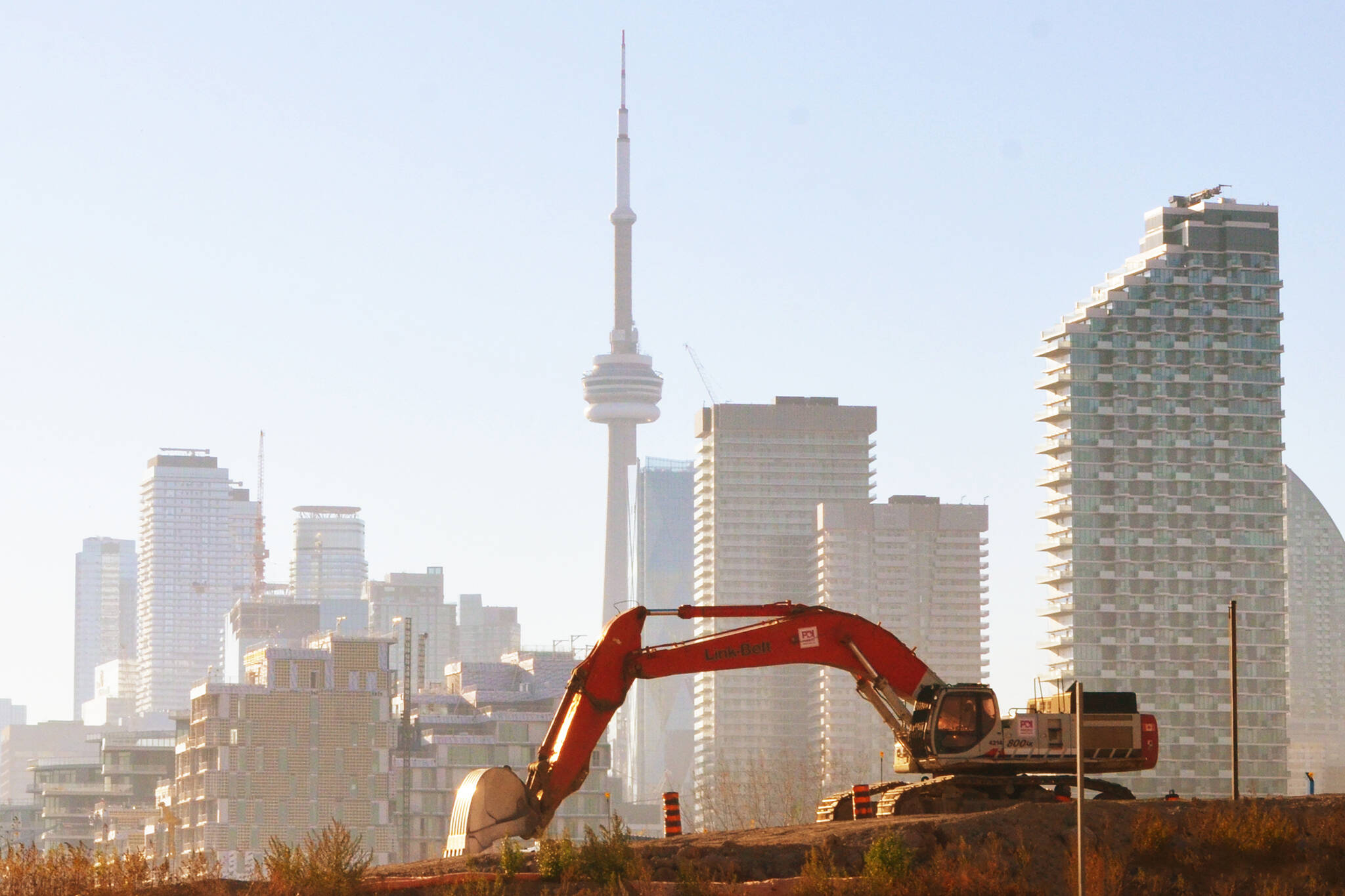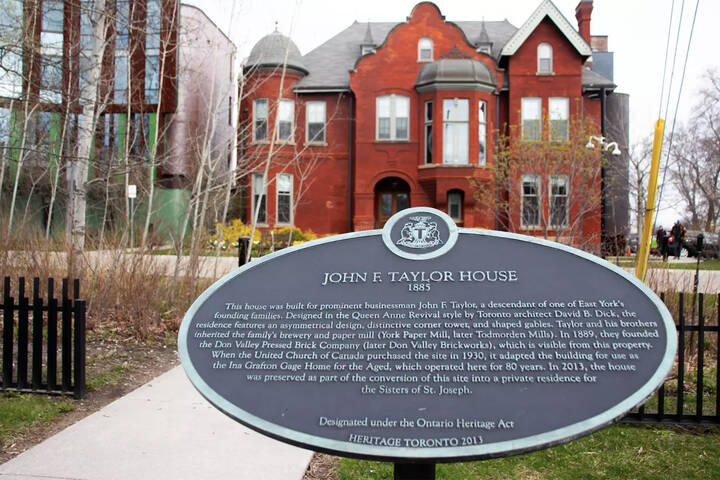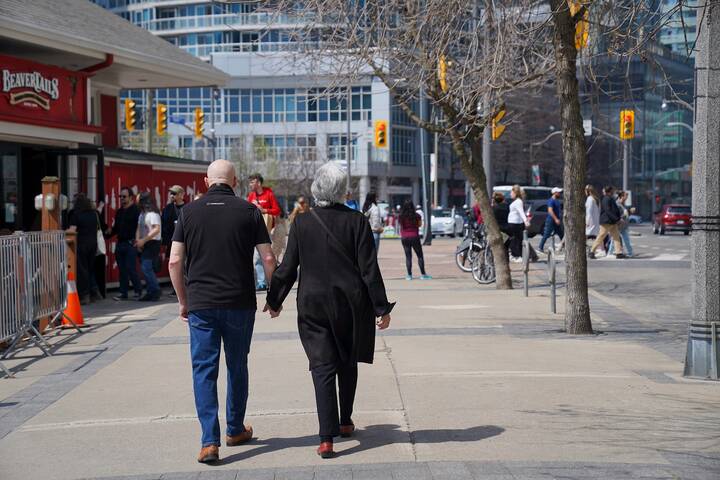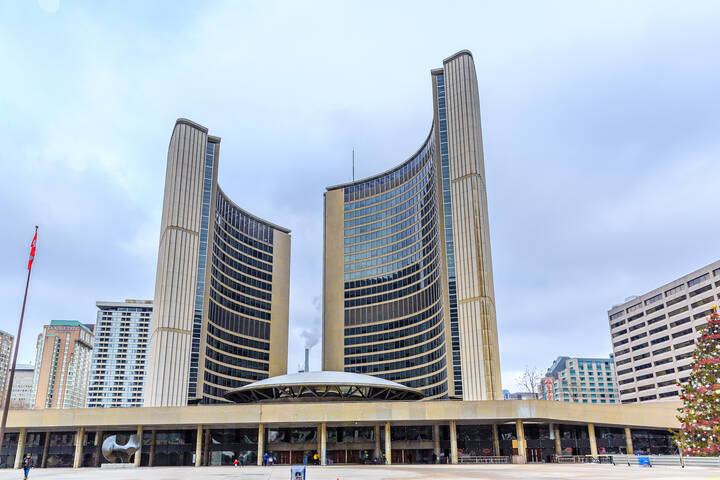
Toronto population expected to grow by 1 million over the next 25 years
If you think that traffic congestion, overcrowded public transit vehicles and a dire lack of affordable housing options are bad in Toronto right now... well, just wait: Experts predict these problems will intensify not only for Canada's largest city, but all over the province as population numbers soar.
Ontario is expected to add a whopping 2.27 million people to its current 14.5 million residents within the next ten years alone, according to the Ministry of Finance — 1.2 million of them in the Greater Toronto Area.
Government officials project that the City of Toronto proper, which currently has a population of nearly three million residents, will add roughly the same number of new residents on its own by 2046.
In other words, if Ontario's Ministry of Finance is correct in its projections, nearly four million people will be living in the 416 some 25 years down the line.
Where are they all going to reside? And how will they afford to?
READ: New research 'Baby Needs A New Home' by @SP_Inst and @MikePMoffatt. We need to answer the question 'how many homes and what type of homes do we need to make housing available, attainable, affordable and sustainable in Ontario'? 🏡 #homebelieverhttps://t.co/tNHTJtRGRw
— OHBA (@OntarioHBA) October 5, 2021
A new research paper from the Ottawa-based Smart Prosperity Institute called Baby Needs a New Home, released this week, asserts that Ontario needs to build at least one million new homes over the next ten years to meet the demands of its rapidly-growing population.
Failure to do so will push young families out of many cities and communities, further and further, until they find places that are affordable to live, similar to the exodus we've seen from Toronto amid the COVID-19 pandemic.
"Toronto's population grew faster [from 2016-2021] than the housing needed to accommodate that growth. Accelerated housing demand, coupled with no real change to the rate of home completions, ensured that the demand for housing exceeded the supply," notes the report.
"Not surprisingly, this led to escalating home prices (as well as rents) in the City of Toronto, but it also led to an exodus of young families out of the city of Toronto in search of housing...
"The ten most common ages, on net, for people to leave Toronto and Peel, to other parts of the province are 0, 1, 2, 27, 28, 29, 30, 31, 32, and 33. That is, infant and toddler-aged children and their parents."
Toronto may be where this trend is surfacing, but it's only the tip of the iceberg — even with a projected net minimum of 30,000 persons joining the city's population per year, every year, through to 2046.
Despite this, we're building homes (of all forms) at about the same rate as we have in the past. And the homes that are getting built are often far away from our most economically dynamic cities. pic.twitter.com/IJ9GyGGV69
— Dr. Mike P. Moffatt 🇨🇦🏅🏅 (@MikePMoffatt) October 5, 2021
Whether or not enough housing can be built for future residents of Ontario as a whole will have enormous implications upon our economy, environment and quality of life, according to the 178-long report.
"Ontario's population grew by nearly one million people in the five years between July 1, 2016, and June 30, 2021, after growing by just over 600,000 persons in the previous five years. This dramatically increased the demand for housing, while the rate at which new homes were built stayed virtually unchanged," reads the report's executive summary.
"This increased demand, from young Ontarians that have started to, or would like to start, a family with no change in supply, contributed to rising home prices and a shortage of family-friendly housing across Southern Ontario before the pandemic."
If the Ontario Ministry of Finance's population projections prove accurate and 2.27 million new people join the province by 2031, researchers say an additional 911,347 households would be formed. And that's not including those formed over the past five years.
"Adding together the unformed households from 2016-21 due to the supply gap of homes, along with the formation of new households, we project, on net, an additional one million households to be formed in the next ten years, requiring one million new homes," reads the report.
A hugely important report. The housing supply shortage, centred in Toronto, is large and growing quickly. https://t.co/i4oJJpd2oI
— Alex Bozikovic (@alexbozikovic) October 5, 2021
And not just any homes must be built, but homes suitable for entire families (as opposed to tiny studio condos in downtown Toronto.)
"Of the 910,000 net new households formed over the next ten years, primarily made up of couples planning on having children, we project that 195,000 will live in high-rise apartments (of five storeys or more), while 715,000 will live in all other forms of housing," notes the institute.
"Of the 225,000 new young households that will live in high-rise apartment units, only 30,000 units will be freed up by the generational turnover of those currently over the age of 55."
Ultimately, whether or not this demand can be met depends on policy decisions made now related to immigration, labour, international students and (most notably) housing.
"How many housing units are ultimately built in the province will be the result of the choices all levels of government make in the coming years," reads the report's conclusion.
"If Ontario manages, through the complex planning system that ultimately requires municipal governments to implement Official Plans, to ensure housing supply matches with projected housing demand, the provincial economy and residents of the province will benefit enormously as the quality of life improves and housing becomes more available, attainable, and sustainable."
Latest Videos
Latest Videos
Join the conversation Load comments







